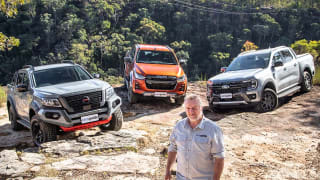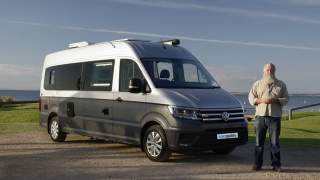Which D-Max do we have for this adventure test? It’s the upper mid-spec LS-U. At least, that’s what we call it in Australia. In New Zealand, this truck is simply called the LS, although the spec matches exactly.
In Australia you’re looking at a price-tag of $61,000, before on-road costs, for a 4x4-equipped dual-cab model, while in NZ the same truck costs NZ$68,490 (AU$62,993).
Advantage Australia. We also win in other areas, check out the ownership section for more.
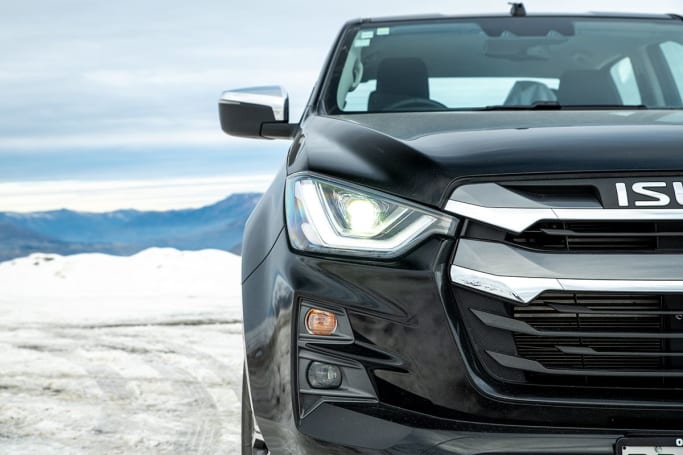
Either way, this grade comes equipped with two-tone 18-inch alloy wheels clad in Bridgestone highway terrain tyres, LED headlights, a 9.0-inch multimedia touchscreen with wireless Apple CarPlay and Android Auto connectivity, a reversing camera with rear parking sensors, chrome exterior highlights, cloth interior trim with carpet floors, keyless entry and push-start ignition, heated wing mirrors, a tyre pressure monitoring system, a six-way manual adjust driver’s seat with power lumbar support, aluminium side steps, dual-zone climate control, a tow bar receiver, and a plastic tub liner for the tray.
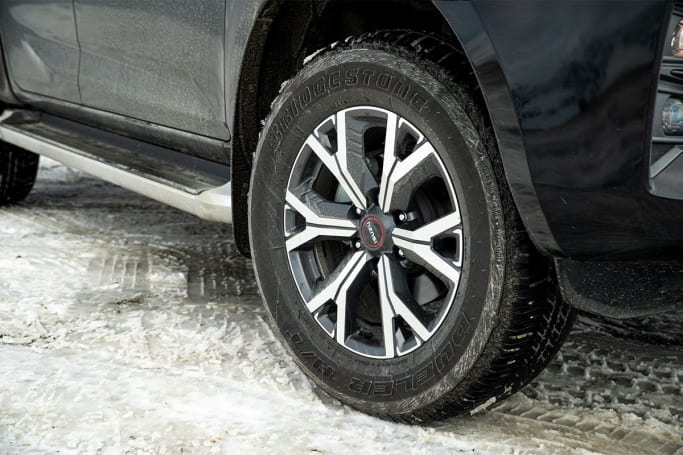
In Australia there’s also a slightly upgraded LS-U+ ($63,500) which offers this spec in 4x4 only with the addition of leather seat trim and heated front seats, as well as eight-way power adjust settings for the driver.
It also scores illuminated vanity mirrors in the sun visors (something my partner took pleasure in reminding me of).
In NZ, this is an option pack for the LS (4x4 dual-cab only), valued at NZ$2000. These are features otherwise only available on the flagship X-Terrain in both countries (AU$67,500).
Equivalent-spec rivals in this 4x4 dual-cab space include the Ford Ranger XLT ($62,490), Mitsubishi Triton GSR ($56,940), Nissan Navara ST-X ($58,445) and Toyota HiLux SR5 ($62,490), not to mention this truck’s platform-mate, the Mazda BT-50 XTR ($59,130).
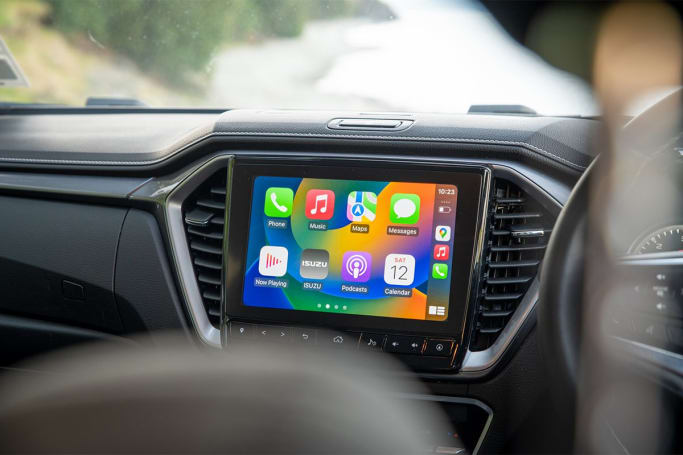
It sits at the upper-end of the pack then, for price, but utes are sold on reputation, of which the D-Max has no shortage.
Is it good value? If you’re okay opting for Japanese dependability and a completely under-stressed drivetrain combined with a solid towing capacity, then, for sure.
However, newer rivals like the Ford Ranger and Volkswagen Amarok offer more SUV like luxuries in the cabin, a more thorough and modern-feeling multimedia suite, as well as a bigger V6 engine. So it’s all a trade-off.

















